
According to the Chinese zodiac, 1983 was the year of the pig. It was also the year of a lot of other things as well; the end of a much-loved (but dragged out too long) sitcom; a TV movie about nuclear war; and most notably, the release of Bent Out Of Shape, the seventh (and final for quite a while) album from Rainbow, the band ex-Deep Purple guitarist Ritchie Blackmore founded in 1975. Rainbow went through three singers, four bassists, four drummers and five keyboard players between 1975 and 1983. And one guitarist. In fact, over the course of its seven studio albums, there were zero albums that had a lineup that lasted more than one album.

Rainbow was the band that launched the diminutive Ronnie James Dio into metal god territory; the band also got panned for pandering to the AOR Foreigner crowd with third vocalist Joe Lynn Turner, who, like Dio, got to front the band for three studio albums. Then there was the sandwich vocalist Graham Bonnet, whose sole album, Down To Earth, was released right in the middle of those two other eras. Bonnet, the George Lazenby of Rainbow, was a polarizing figure; his image didn’t fit the mold of music, as he looked more like a member of Joe Jackson’s backing band than a hard rock singer, but on the other hand, many of those in the know consider Down To Earth the greatest Rainbow album.
Whatever. By 1983, there were enough ex-Rainbow members to start several bands, and of all the years that Rainbow existed, 1983 was the most prolific. There were twelve releases in that year that featured Rainbow members or alumni. They are, in no particular order:
Artist: Rainbow
Album: Bent Out Of Shape

The namesake band released its seventh studio (and eighth overall) album to moderate success in mid-1983. The single “Street of Dreams” was a radio and MTV hit – and the band toured successfully. However, the lure of big money prompted a Deep Purple Mark II reunion the following year, and when Blackmore and Purple bassist Roger Glover rejoined the most popular version of Deep Purple, Rainbow ceased to exist.
Artist: Ronnie James Dio
Album: Holy Diver

The post-Rainbow era was kind to Dio. He ended up replacing Ozzy Osbourne in Black Sabbath and released a monster album (Heaven and Hell) and a pretty decent follow up (Mob Rules), both followed by successful tours. Fights during the production of the tepidly received live album Live Evil sank Sabbath, and RJD went on to front his own eponymous band, bringing former Rainbow bassist Jimmy Bain (more on him below) along for the ride. Dio’s debut, Holy Diver, was cut from the same cloth as Ozzy’s Blizzard of Ozz (former Sabbath vocalist, young, unknown hotshot guitarist, veteran rhythm section, keyboardist hidden behind the curtain) was a success, and is considered one of the genre’s classic albums.
Artist: Graham Bonnet
Album: No Parole From Rock ‘n’ Roll

The one-and-done vocalist of Rainbow wasn’t finished; post-Blackmore, he founded his own band, Alcatrazz, which featured Blackmore-rivaling guitarist Yngwie Malmsteen, who lasted about 3.5 minutes before splitting and going on to fame (but maybe not fortune). (Malmsteen was replaced by up-and-coming wunderkid Steve Vai, but that’s a story for another time.) Alcatrazz released its debut, No Parole from Rock ‘n’ Roll in late 1983 to mild success.
Artist: Tony Carey
Albums: I Won’t Be Home Tonight, Planet P

Probably the most prolific of any Rainbow alumni, Carey, the keyboardist best remembered for the epic intro to “Stargazer” on the Rising album, typically released a couple albums a year. In 1983, his solo album I Won’t Be Home Tonight spawned two minor hit singles (the title track and “West Coast Summer Nights”), but his big score was Planet P’s “Why Me?,” a chilling space-rock track that was a hit on both radio and MTV that year.
Artist: Jimmy Bain
Albums: Holy Diver (see above), Dirty Fingers
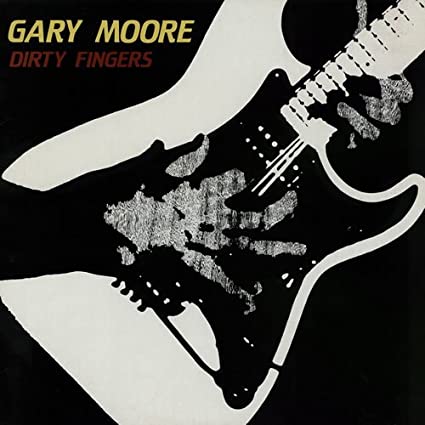
In addition to joining Dio’s band, Jimmy Bain played on Gary Moore’s Dirty Fingers release in 1983. Previously, Bain played with Phil Lynott, Thin Lizzy, Wild Horses and Kate Bush, among many others. Sadly, Bain died in 2016 while on a ship, in his cabin, while participating on Def Leppard’s “Hysteria on the High Seas” rock cruise.
Artist: Mark Clarke
Albums: All of the Good Ones Are Taken, Michael Bolton
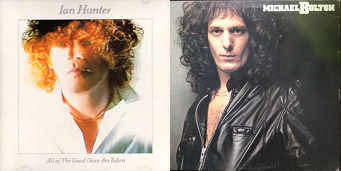
A bassist who only played live and didn’t record with Rainbow, Clarke, a veteran bassist, has played with many artists, including Colosseum, Uriah Heep (plus on Ken Hensley solo albums), Tempest, Natural Gas, and most famously, Billy Squier’s Don’t Say No album and tour in 1981. In 1983, Clarke contributed to Ian Hunter’s All of the Good Ones Are Taken and Michael Bolton’s self-titled album from that year. Sorry to hear that.
Artist: Craig Gruber
Album: Ground Zero
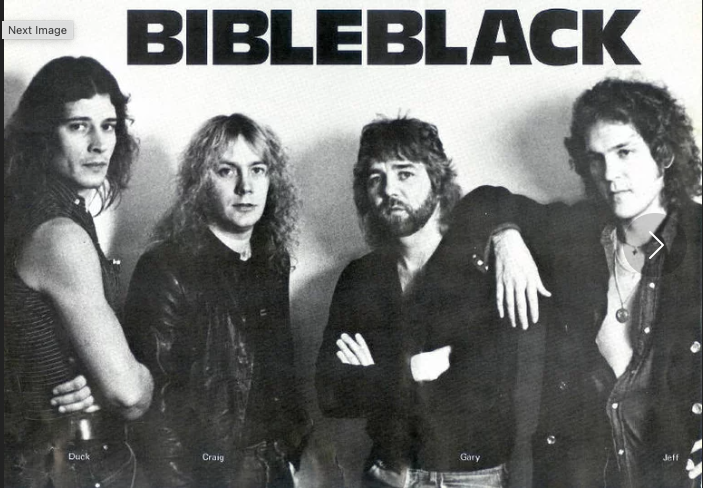
Another bassist, and one of the original Rainbow members, Gruber played on the early stages of Black Sabbath’s Heaven and Hell release in 1980 (before Geezer Butler returned and rightly took his place) and Bible Black’s (who?) 1983 album, Ground Zero. Bible Black is best known for being Joey Belladonna’s band pre-Anthrax.
Artist: Bob Daisley
Album: Bark at the Moon
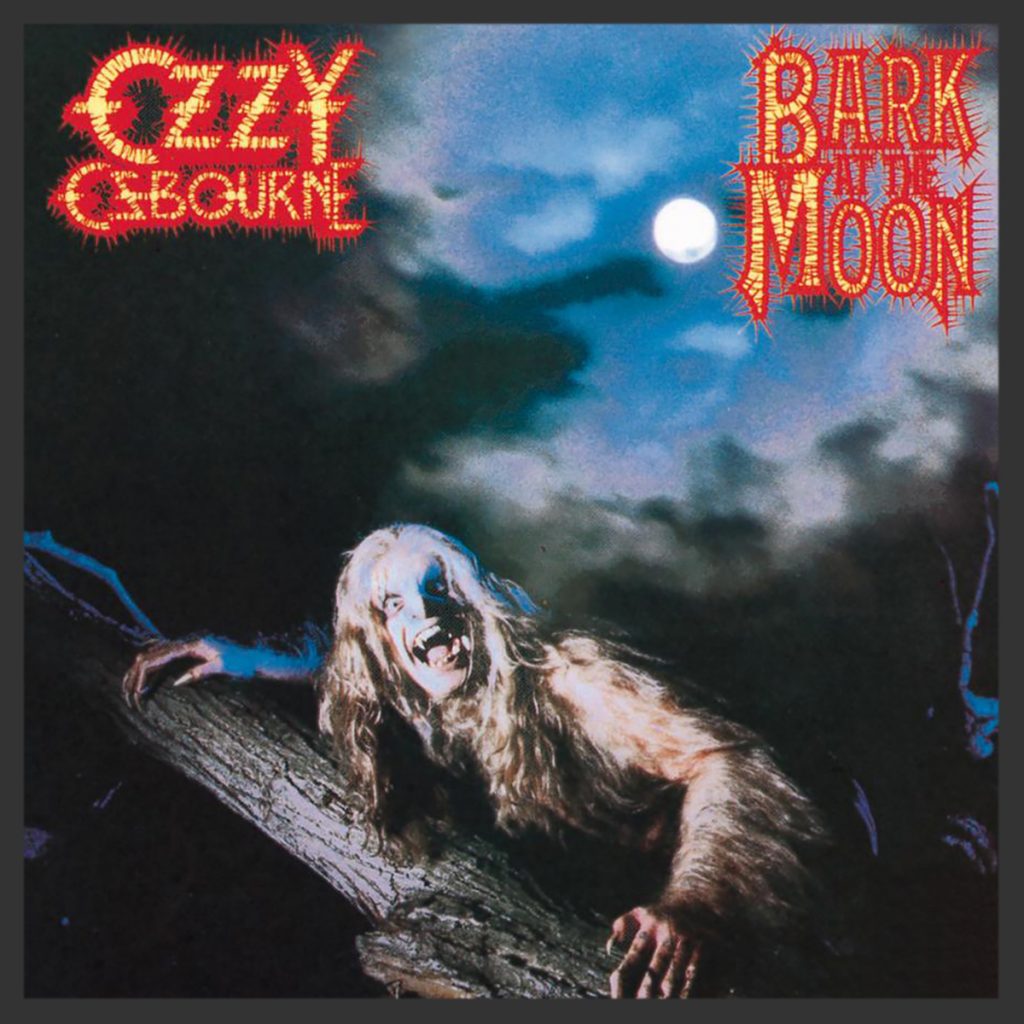
Best known for being the subject of Ozzy Osbourne’s wrath due to legal issues, Daisley played on one Rainbow album (Long Live Rock ‘n’ Roll), before being dismissed by Blackmore himself. After Rainbow, he recorded the biggest albums of his career, the first two Ozzy Osbourne albums, Blizzard of Ozz and Diary of a Madman. In 1983, he also was involved in Ozzy’s Bark at the Moon, despite all the trouble his involvement in the first two caused.
Artist: Cozy Powell
Album: Octopus
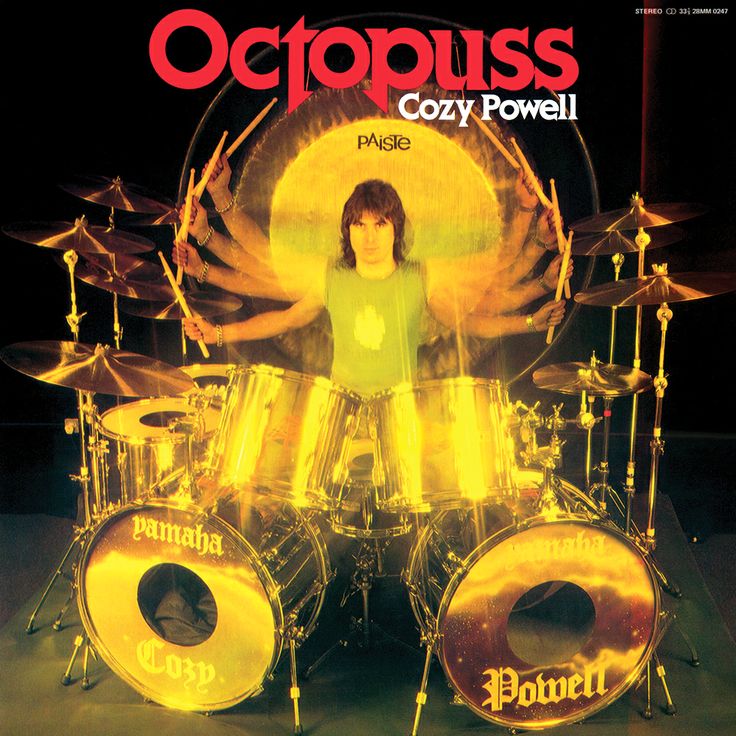
A long-standing drummer in the Rainbow camp, Powell played on three of its albums Rising, Long Live Rock ‘n’ Roll and Down To Earth, and went on to play with Graham Bonnet, MSG and Whitesnake before releasing his own Octopus LP in 1983. He later went on to be the fake Carl Palmer in a reunited ELP, which lasted for exactly one album and tour in 1986.